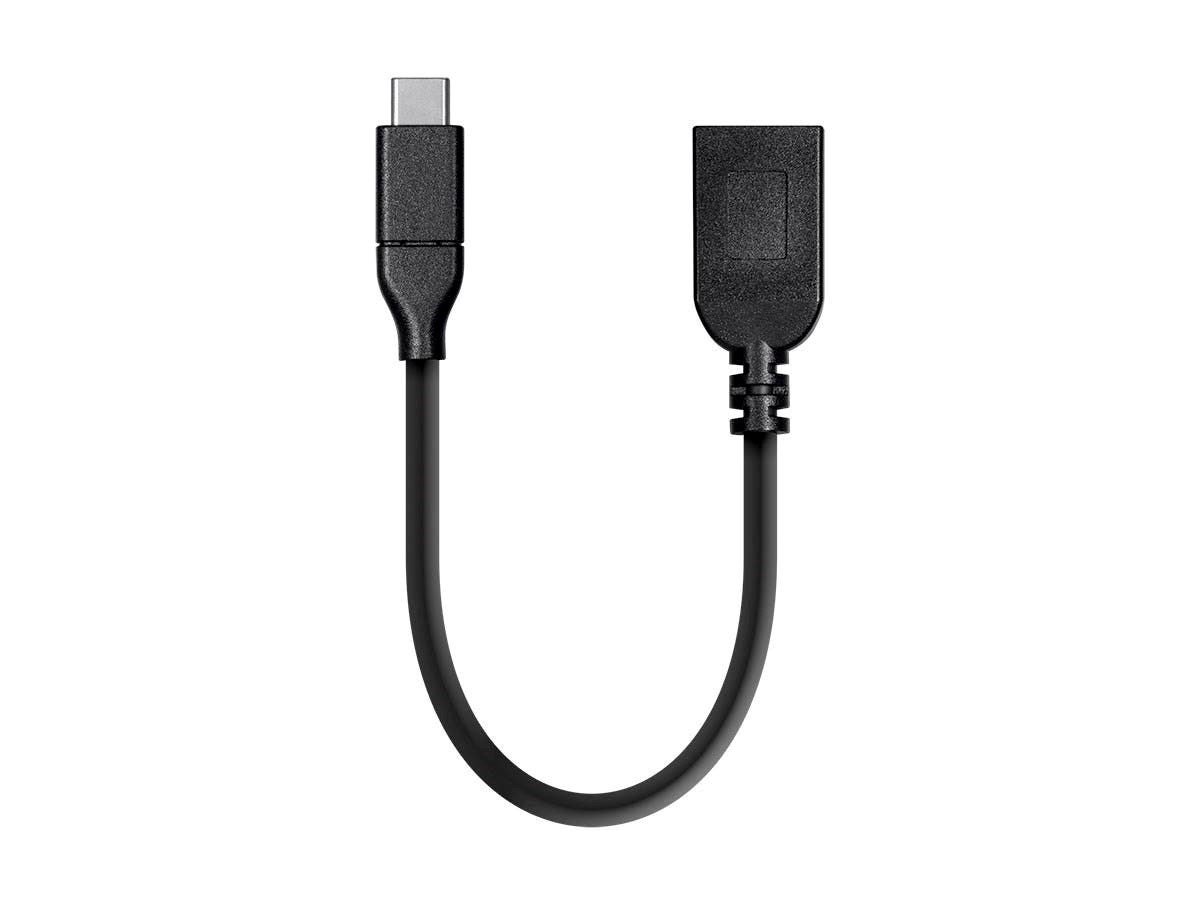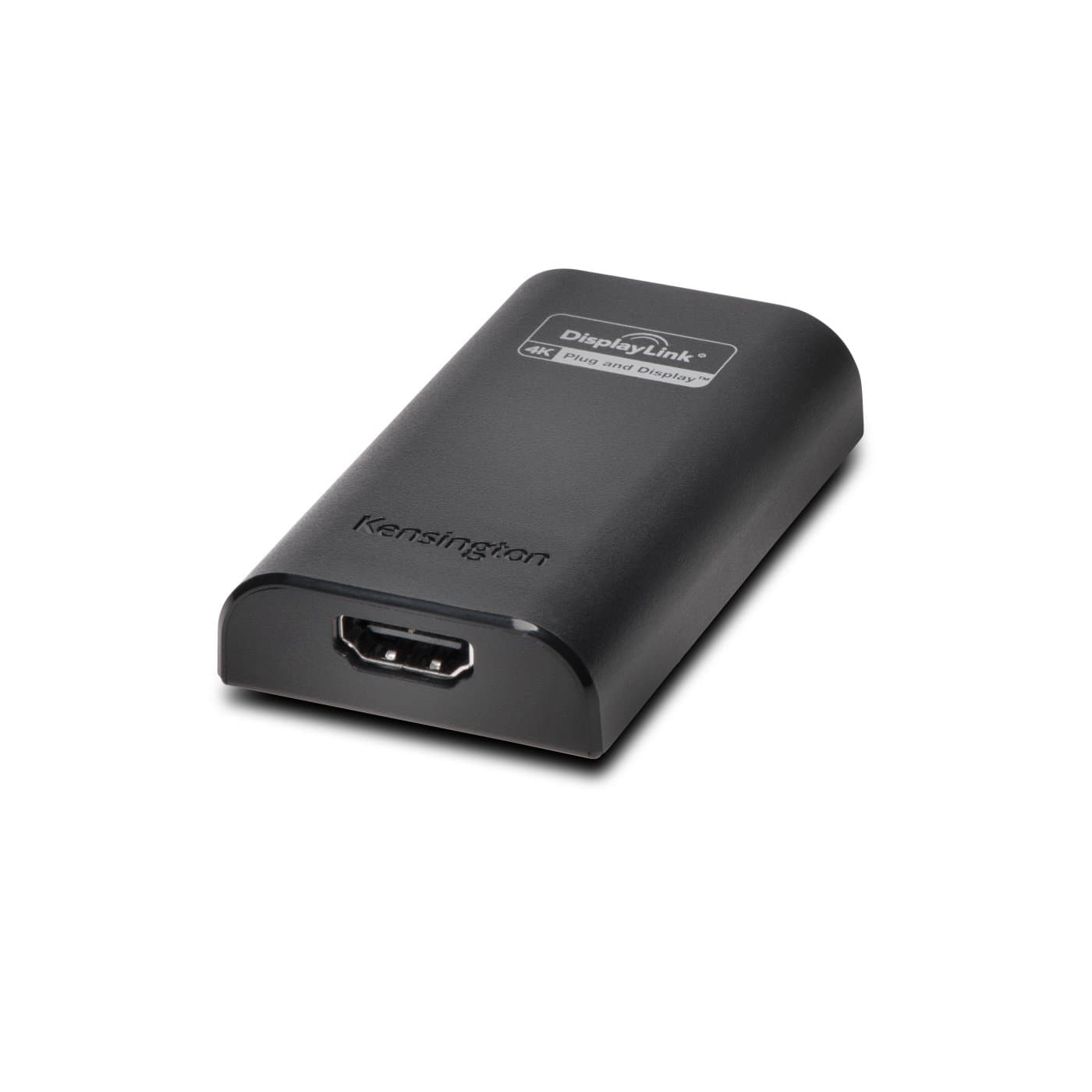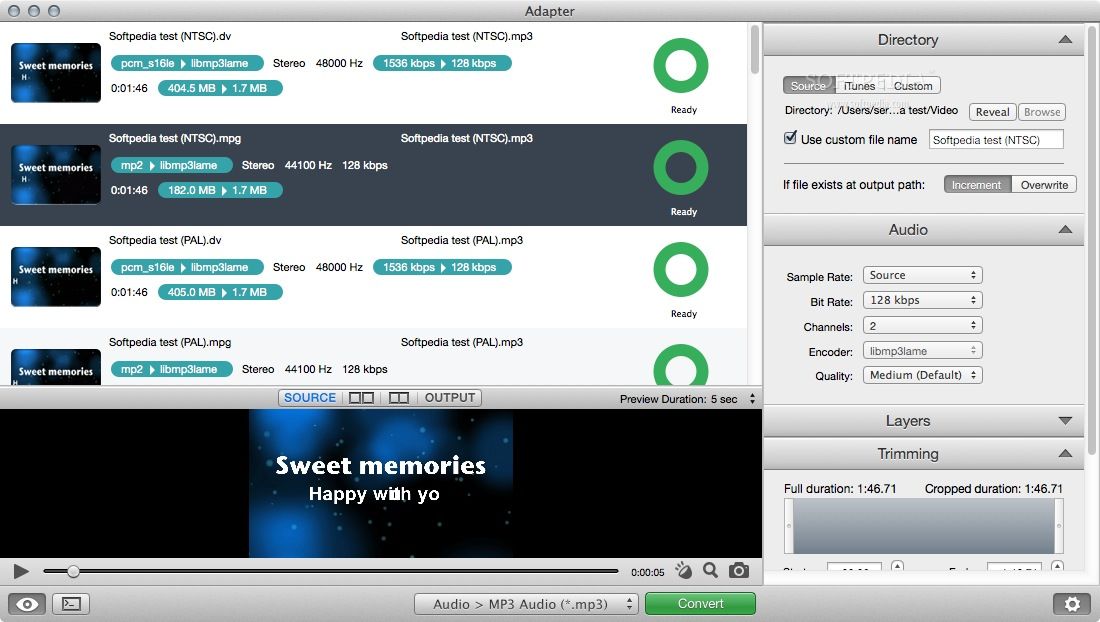Update Oct 2015: Updated for 10.11 El Capitan!

If you bought a cheap aftermarket USB-Ethernet adapter like me and found that it doesn't work on El Capitan or Yosemite, here's what you need to get it going.
Seriously. You can stop tearing you hair out now. It'll all be ok.
- SKU Item Name Download Page Notes; 103046: USB 3.0 to HDMI Adapter in Black or White: Windows. 103067: USB 3.0 to HDMI Adapter in Silver: Windows.
- Download Wireless Network Adapter Mac Software Advertisement Wireless Grapher v.0.6 Wireless Grapher 0.6 is a useful software that helps you display the wireless network you are connected to, the channel, and also graphs the connection's RSSI (Recieved signal strength indication) and Noise.
The company calls it the 'world's smallest USB-C to USB-A adapter.' I haven't measured every single one of them, but I can say that this adapter is tiny. Instead of a cable, like most adapters, this is a direct port-to-port adapter. It's so small you can leave it in, and it won't get in the way.
As with all advice on the internet, you can't sue me if this sets fire to your cat or sends ninjas to your house. You're doing this on your own, and I assume no liability or warranty for what you do.
Steps to get your adapter working if you just upgraded to Mac OS 10.11 El Capitan.
- Reboot. As soon as the screen goes black, hold down 'Command' and 'R' until you see a black screen with an Apple logo and a white progress bar. Let go, and wait for your computer to boot into recovery mode.
- From the top bar, select 'Utilities' and then 'Terminal'
- In the terminal, run
csrutil disable. - From the top bar, select '', then 'Restart'
- When you boot back up, you'll have a working adapter!
- Definitely take a read down below to see what's changed in El Capitan, and if disabling SIP makes sense for your setup.
Steps to get your adapter working if you've never used the adapter before in Mac OS 10.11 El Capitan.
- Uninstall the dozens of other drivers you may have installed in the process of trying to get this working.
- Unplug your USB adapter, and reboot and give yourself a clean slate.
- Reboot. As soon as the screen goes black, hold down 'Command' and 'R' until you see a black screen with an Apple logo and a white progress bar. Let go, and wait for your computer to boot into recovery mode.
- From the top bar, select 'Utilities' and then 'Terminal'
- In the terminal, run
csrutil disable. - From the top bar, select '', then 'Restart'
- Once you're booted back up, download and install the drivers from the CD, kindly uploaded by this fine human being.
- Reboot.
- Open your terminal, and run
sudo kextload /System/Library/Extensions/USBCDCEthernet.kext - Reboot.
- Plug in your USB Adapter, with a live ethernet cable.
- Open System Preferences, and go to the Network Pane.
- Hit the + button in the bottom right, select the 'USB 2.0 10/100M Ethernet Adapter', and hit add.
- You're all set! Your adapter works!
- Apologize to the people you care about for the things you've said over the past few hours. They won't understand, but they will forgive you.
Steps to get your adapter working on Mac OS 10.10 Yosemite
- Uninstall the dozens of other drivers you may have installed in the process of trying to get this working.
- Unplug your USB adapter, and reboot and give yourself a clean slate.
- Download and install the drivers from the CD, kindly uploaded by this fine human being.
- Reboot.
- Open your terminal, and run
sudo nvram boot-args='kext-dev-mode=1' - Reboot.
- Open your terminal, and run
sudo kextload /System/Library/Extensions/USBCDCEthernet.kext - Reboot.
- Plug in your USB Adapter, with a live ethernet cable.
- Open System Preferences, and go to the Network Pane.
- Hit the + button in the bottom right, select the 'USB 2.0 10/100M Ethernet Adapter', and hit add.
- You're all set! Your adapter works!
- Apologize to the people you care about for the things you've said over the past few hours. They won't understand, but they will forgive you.
What's going on. (Yosemite Version).
The old drivers still work, no problem, but are being blocked in Yosemite because they aren't 'signed' properly, since they weren't re-issued for Yosemite. As 'unsigned' drivers, Mac OS refuses to load them, saying they constitute a security hazard.
What step 5 does is instructs your computer to set itself to 'developer mode', which allows you to load unsigned kexts. This is a mild security risk, but it should be fine for most people. If you're in doubt, please make the decision that makes the most sense for your security concerns. You might be better off just buying legit Apple hardware so you don't have to disable the security. That's your call.
If you ever do go legit and want to undo it, just run sudo nvram boot-args='kext-dev-mode=0, and things will be back where you left them.
What's going on. (El Capitan Version).
In short, it's the same scenario as Yosemite, just stricter. Apple has a new security mode, called 'System Integrity Protection' (SIP) that prevents anyone - even you with your password - from modifying system files.
The old drivers still work, no problem, but are being blocked in El Capitan because they aren't 'signed' properly, since they weren't re-issued for El Capitan. As 'unsigned' drivers, Mac OS refuses to load them, saying they constitute a security hazard.
The csrutil disable step turns off SIP for your entire system, which allows you to load and use the drivers. This also disables malware protection for your machine, and given that we've started to see genuine malware for OS X in the wild, it's a slightly larger security risk than it was in Yosemite.
If you're in doubt, please make the decision that makes the most sense for your security concerns. You might be better off just buying legit Apple hardware so you don't have to disable the security. That's your call.

If you ever do go legit and want to undo it, just reboot into recovery mode and run csrutil enable, and things will be back where you left them.
Anyhow, after hours of searching and pulling out my own hair, I thought it'd be worth sharing the solution! Enjoy!
If this post helped you out, please do me a favor back (and maybe yourself one, too), and check out my masterclass on living with purpose and going after your big dreams.
It's really, really good. Thanks!-Steven
Mac Adapter Hub
How to Use USB Ethernet Adapter: Install It Now On Mac/Windows 10
Denise BinghamSo you bought a new generic USB to Ethernet adapter but are unable to figure out how to use it? You’ve come to the right place. We’ve heard many users complain that they are clueless about the setup process. Back in the day CDs used to help us download the required drivers and everything would work smoothly. Now, however, you have to take a few steps.


How to Use USB Ethernet Adapter?
In this guide, we will walk you through the entire process of installing it on a Mac and Windows 10.
USB Ethernet Adapter Mac Setup
Follow the steps below if you have a Mac:
- If you have installed any drivers in an attempt to set up the USB Ethernet adapter by yourself, get rid of them immediately. Uninstall all of them.
- Now, restart your Mac. If your USB is plugged in, unplug it.
- Press Command + R when the screen is blank until you see the Apple logo.
- You have sent your Mac into recovery mode. Wait for it to boot.
- Now, go to Utilities (you’ll find this on the top bar) and from there, navigate to Terminal.
- Run csrutil disable in the Terminal.
- Now click on the Apple Logo on the bar on top and restart your Mac.
- Download the required drivers in case you do not have a CD slot in your Mac – they are easily available online. Drivers are built-in in Mac OSX 10.7 and up.
- Reboot your Mac.
- Run sudo kextload /System/Library/Extensions/USBCDCEthernet.kext on your Terminal.
- Reboot once more.
- Now is the time to use your USB adapter. Plug it in and plug it with the Ethernet cable as well.
- Navigate to System Preferences > Network > + button > Select USB 2.0 > Add
- There you go. Your USB Ethernet adapter should work seamlessly now.
USB Ethernet Windows 10 Adapter
Adapter Mac Download Mac
Are you a Windows user? The steps below will help you:
- Make sure your Windows 10 is updated to the latest version.
- Make sure your Internet connection is working – You will need the Internet to download the required drivers. Windows 10 has built-in drivers for a few adapters, but there are chances that it may not have the drivers for the adapter you are using. If that’s the case, you will need to download the drivers from the adapter’s site and install it. Installation steps are also usually given by the company. Just go to their website, and you’ll get all the setup information you need. We are not mentioning it here because the steps may depend on the adapter being used as well.
- Once this is done, your USB Ethernet adapter will start working.
There you go! This might seem a little time-consuming, but we think it is definitely worth the effort because you will be able to enjoy seamless Internet once you go through the process. Doubts? Feel free to comment, and we’ll help you out!
